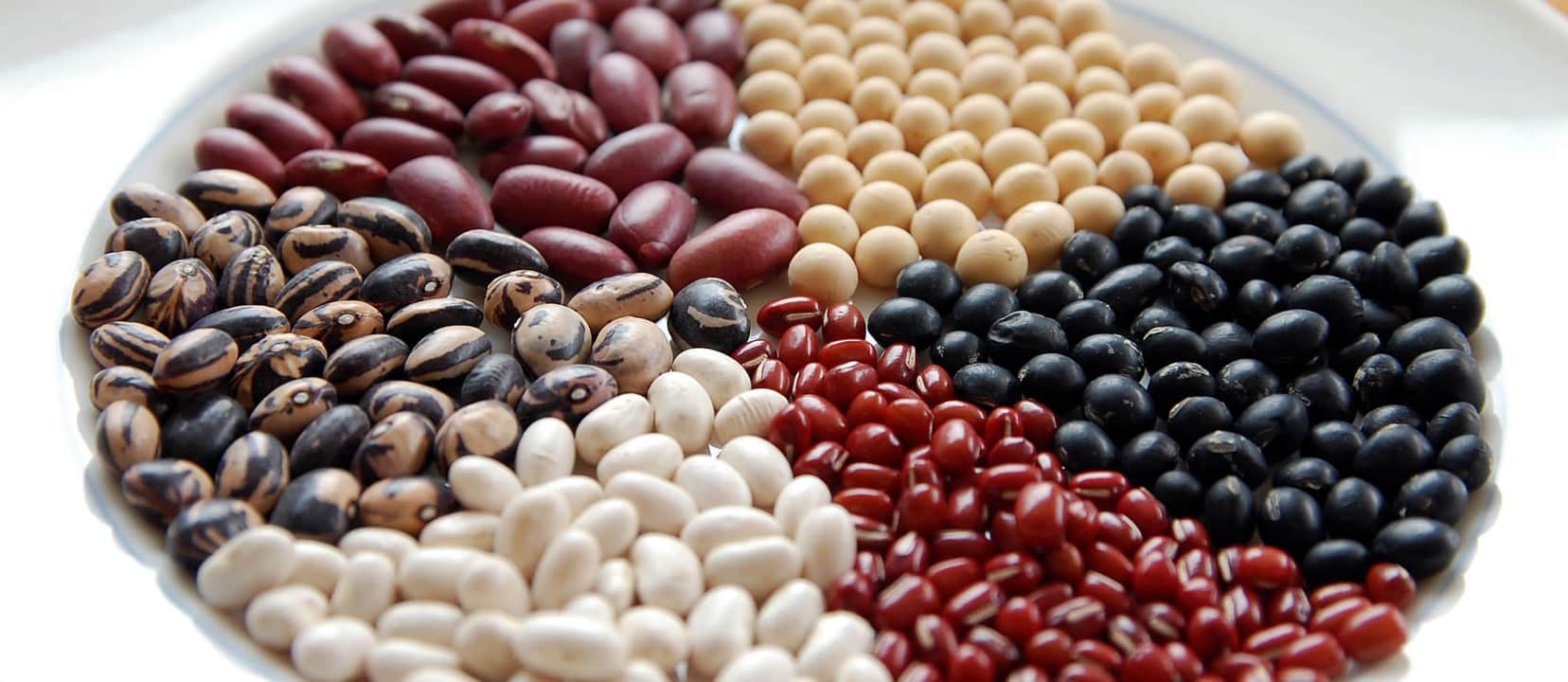Bean consumption is associated with lower body weight, a slimmer waist, less obesity and lower blood pressure in population studies, but whether the association of bean consumption with healthier body weight and risk factors of metabolic syndrome is due to physiological effects of the beans themselves or is simply an indicator of a healthy lifestyle is uncertain. Anyone smart enough to eat beans may be smart enough to eat all sorts of other healthy foods, so maybe bean consumption is just a marker for a healthy diet.
A study out of the British Journal of Nutrition put this to the test (highlighted in my video, Preventing Prediabetes by Eating More). The researchers note that reducing belly fat may be the best way to treat metabolic syndrome and reduce the risk of prediabetes turning into full-blown diabetes. “Energy restriction has been the cornerstone of most weight-loss strategies; however, evidence suggests that the majority of individuals who lose weight [by calorie-cutting] regain it during subsequent months or years.” Starving ourselves almost never works long-term. Therefore, they conclude that “it is important to identify foods that can be easily incorporated into the diet and spontaneously lead to the attainment and maintenance of a healthy body weight and improved metabolic control.”
So, for the first time ever, the researchers did a head-to-head test: beans versus caloric restriction. The bean group was asked to eat five cups of lentils, chickpeas, split peas, or navy beans a week, and the caloric restriction group was asked to reduce energy intake. In other words, the bean group was asked to eat more food and the cutting calories group was asked to eat less food. Not-so-surprisingly, the more-food group won. Not only was regular bean consumption as effective as portion control in reducing prediabetes risk factors like slimming waistlines and better blood sugar control, but the bean diet led to additional benefits beyond just calorie reduction, presumably due to some functional properties of the beans and peas.
The researchers concluded that five cups a week of beans, chickpeas, split peas and lentils in an ad libitum diet (meaning subjects weren’t told to change their diet in any other way), reduced risk factors of metabolic syndrome. These effects were equivalent, and in some instances stronger, than telling people to cut 500 calories from their daily diet. These results are encouraging news for individuals with or at risk for type 2 diabetes since they indicate that simple diet changes, such as the inclusion of beans, can have a positive impact on blood sugar control.
What is metabolic syndrome? See: Metabolic Syndrome and Plant-Based Diets.
More on plants versus calorie restriction in:
- The Benefits of Caloric Restriction Without the Actual Restricting
- Methionine Restriction as a Life Extension Strategy
- Caloric Restriction vs. Animal Protein Restriction
More on magic beans:
- Beans and the Second Meal Effect
- Canned Beans or Cooked Beans?
- Increased Lifespan from Beans
- Beans, Beans, They’re Good For Your Heart
- Cooked Beans or Sprouted Beans?
What about treating full-blown diabetes with beans? All in my video: Diabetics Should Take Their Pulses.
-Michael Greger, M.D.
PS: If you haven’t yet, you can subscribe to my free videos here and watch my live year-in-review presentations Uprooting the Leading Causes of Death, More Than an Apple a Day, From Table to Able, and Food as Medicine.
